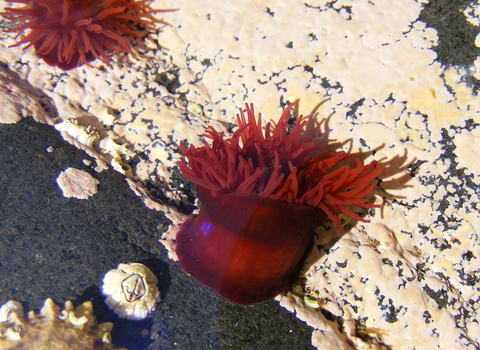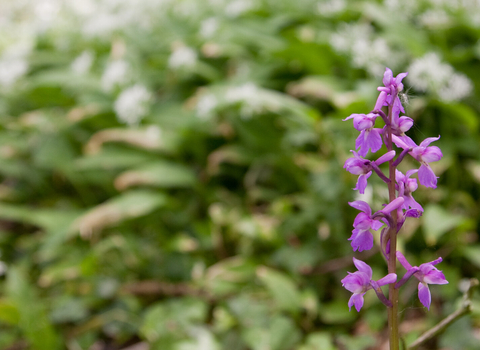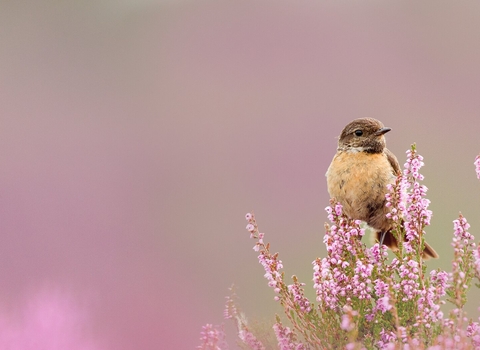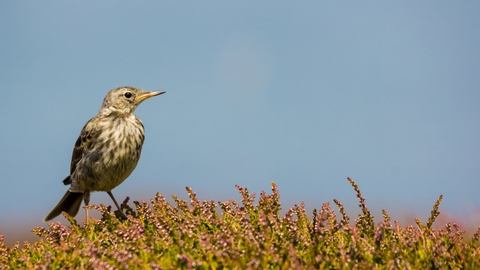
Rock Pipit - Ed Marshall
Port Eynon Point, Port Eynon, Swansea
Location
Know before you go
Dogs
When to visit
Amseroedd agor
Open access reserveAmser gorau i ymweld
January to August.Am dan y warchodfa
A large part of the reserve on the inland side has been used for quarrying and now provides a varied set of habitats for plants and animals, including Fox and Rabbit, and birds such as Stonechat and Rock Pipit.
Although part of the cliff top was ploughed during the last war, there is no indication of it in the Gorse heath vegetation that now dominates it. There is a very clear grass strip along the cliff top which is maintained by Rabbit grazing and visitor pressure, where a range of flowers can be found including Sea Campion, Spring Squill, Thrift and Wild Clary.
The reserve is regionally important as a sea watching site particularly in late July and early August, though interesting birds are usually present throughout the year. January and February often bring Red-throated and Great Northern Diver. At the end of July and early August at day break, large numbers of Manx Shearwater and Gannet may be seen flying past and often there are large groups of Common Scoter off-shore.
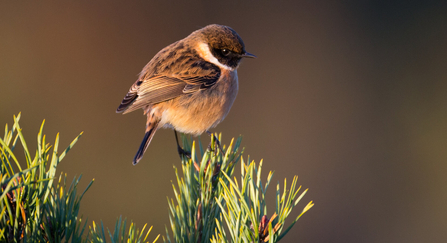
Jon Hawkins - Jon Hawkins - Surrey Hills Photography

